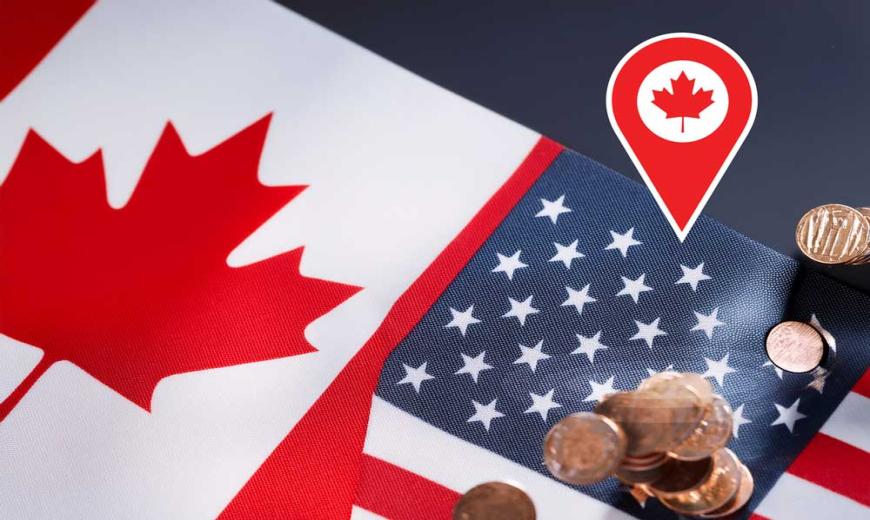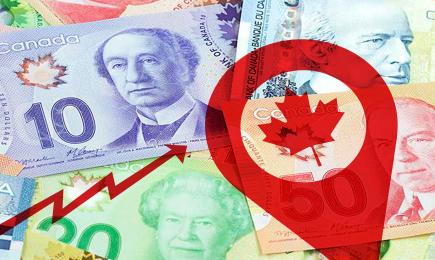
Canada’s Comeback: How Trump’s Tariffs Made the Canadian Economy Stronger
In early 2025, the re-election of U.S. President Donald Trump marked the resurgence of aggressive trade policies, notably the imposition of significant tariffs on Canadian exports. These measures, reminiscent of the 2018 trade tensions, aimed to address concerns over trade imbalances, border security, and the opioid crisis. However, rather than succumbing to economic pressure, Canada has demonstrated remarkable resilience, leveraging these challenges to diversify its economy, strengthen domestic industries, and forge new international partnerships.
📉 The 2025 Tariff Landscape: A Renewed Trade Conflict
On February 1, 2025, President Trump announced a 25% tariff on all Canadian imports, excluding energy products, which were subjected to a 10% tariff. The administration justified these measures by citing the need to reduce the U.S. trade deficit and address issues related to illegal immigration and fentanyl trafficking.
Canada, heavily reliant on trade with the U.S., faced immediate economic repercussions. The tariffs disrupted supply chains, particularly in the automotive and manufacturing sectors, leading to production slowdowns and job losses.
🇨🇦 Canada's Strategic Response: Retaliation and Diversification
In response, Canadian Prime Minister Mark Carney announced reciprocal 25% tariffs on a range of U.S. goods, including automobiles, agricultural products, and consumer goods.
Beyond retaliation, Canada embarked on a strategic initiative to reduce its economic dependence on the U.S.:
-
Trade Diversification: Canada accelerated trade negotiations with the European Union, Asia-Pacific nations, and Latin American countries to open new markets for Canadian exports.
-
Domestic Industry Support: The government introduced financial aid packages to support industries affected by the tariffs, including subsidies for manufacturers and incentives for innovation.
-
Infrastructure Investment: Investments were made to enhance transportation and digital infrastructure, facilitating access to new markets and improving supply chain resilience.
🏭 Strengthening Domestic Industries: A Focus on Innovation
The trade tensions served as a catalyst for Canada to invest in its domestic industries:
-
Automotive Sector: Efforts were made to increase domestic production of electric vehicles and components, reducing reliance on U.S. imports.
-
Technology and Clean Energy: Investments in research and development fostered growth in sectors such as artificial intelligence, renewable energy, and biotechnology.
-
Agriculture and Agri-Food: Support for farmers and food processors aimed to expand exports to new markets and enhance food security.
🌐 International Partnerships: Building a Resilient Trade Network
Canada's proactive approach included strengthening international partnerships:
-
European Union: The Comprehensive Economic and Trade Agreement (CETA) was leveraged to increase exports to EU member states.
-
Asia-Pacific Region: Participation in the Comprehensive and Progressive Agreement for Trans-Pacific Partnership (CPTPP) opened opportunities in markets like Japan, Australia, and Vietnam.
-
Latin America and Africa: Bilateral trade agreements were pursued to diversify export destinations and reduce market concentration risks.
🧠 Economic Resilience: A National Endeavor
The challenges of 2025 galvanized a collective effort across government, industry, and civil society:
-
Public Support: Campaigns encouraging consumers to "Buy Canadian" gained traction, boosting domestic demand.
-
Workforce Development: Training programs were implemented to equip workers with skills relevant to emerging industries.
-
Policy Reforms: Regulatory frameworks were updated to facilitate business growth and attract foreign investment.
🔮 Looking Ahead: A Stronger, More Independent Canada
While the 2025 tariffs posed significant challenges, Canada's strategic responses have laid the groundwork for a more resilient and diversified economy. By embracing innovation, expanding international trade partnerships, and investing in domestic industries, Canada is poised to emerge stronger and more self-reliant in the global economic landscape.
References:
-
Canadian autoworkers say they face uncertainty and fear as Trump's car tariffs shake the industry
-
Canada to counter 'unjustified' US tariffs with 25% taxes on US cars, says Carney
Note: This article is based on events and data available as of April 2025.






